Country
Crash of a Swearingen SA227AC Metro III in La Alianza: 2 killed
Date & Time:
Dec 2, 2013 at 2010 LT
Registration:
N831BC
Survivors:
No
Schedule:
CSQ405
MSN:
AC-654B
YOM:
1986
Flight number:
Santo Domingo - San Juan
Crew on board:
2
Crew fatalities:
Pax on board:
0
Pax fatalities:
Other fatalities:
Total fatalities:
2
Captain / Total hours on type:
686.00
Copilot / Total hours on type:
92
Aircraft flight hours:
33888
Circumstances:
The captain and first officer were conducting an international cargo flight in the twin-engine turboprop airplane. After about 40 minutes of flight during night visual meteorological conditions, an air traffic controller cleared the airplane for a descent to 7,000 ft and then another controller further cleared the airplane for a descent to 3,000 ft and told the flight crew to expect an ILS (instrument landing system) approach. During the descent, about 7,300 ft and about 290 kts, the airplane entered a shallow left turn, followed by a 45-degree right turn and a rapid, uncontrolled descent, during which the airplane broke up about 1,500 ft over uneven terrain. The moderately loaded cargo airplane was not equipped with a flight data recorder or cockpit voice recorder (CVR) (although it previously had a CVR in its passenger configuration) nor was it required by Federal Aviation Administration (FAA) regulations. There were also no avionics on board with downloadable or nonvolatile memory. As a result, there was limited information available to determine what led to the uncontrolled descent or what occurred as the flight crew attempted to regain control of the airplane. Also, although the first officer was identified in FAA-recorded radio transmissions several minutes before the loss of control and it was company policy that the pilot not flying make those transmissions, it could not be determined who was at the controls when either the loss of control occurred or when the airplane broke up. There was no evidence of any in-flight mechanical failures that would have resulted in the loss of control, and the airplane was loaded within limits. Evidence of all flight control surfaces was confirmed, and, to the extent possible, flight control continuity was also confirmed. Evidence also indicated that both engines were operating at the time of the accident, and, although one of the four propeller blades from the right propeller was not located after separating from the fractured hub, there was no evidence of any preexisting propeller anomalies. The electrically controlled pitch trim actuator did not exhibit any evidence of runaway pitch, and measurements of the actuator rods indicated that the airplane was trimmed slightly nose low, consistent for the phase of flight. Due to the separation of the wings and tail, the in-flight positions of the manually operated aileron and rudder trim wheels could not be determined. Other similarly documented accidents and incidents generally involved unequal fuel burns, which resulted in wing drops or airplane rolls. In one case, the flight crew intentionally induced an excessive slide slip to balance fuel between the wings, which resulted in an uncontrolled roll. However, in the current investigation, the fuel cross feed valve was found in the closed position, indicating that a fuel imbalance was likely not a concern of the flight crew. In at least two other events, unequal fuel loads also involved autopilots that reached their maximum hold limits, snapped off, and rolled the airplane. Although the airplane in this accident did not have an autopilot, historical examples indicate that a sudden yawing or rolling motion, regardless of the source, could result in a roll, nose tuck, and loss of control. The roll may have been recoverable, and in one documented case, a pilot was able to recover the airplane, but after it lost almost 11,000 ft of altitude. During this accident flight, it was likely that, during the descent, the flight crew did regain control of the airplane to the extent that the flight control surfaces were effective. With darkness and the rapid descent at a relatively low altitude, one or both crewmembers likely pulled hard on the yoke to arrest the downward trajectory, and, in doing so, placed the wings broadside against the force of the relative wind, which resulted in both wings failing upward. As the wings failed, the propellers simultaneously chopped through the fuselage behind the cockpit. At the same time, the horizontal stabilizers were also positioned broadside against the relative wind, and they also failed upward. Evidence also revealed that, at some point, the flight crew lowered the landing gear. Although it could not be determined when they lowered the gear, it could have been in an attempt to slow or regain control of the airplane during the descent. Although reasons for the loss of control could not be definitively determined, the lack of any preexisting mechanical anomalies indicates a likelihood of flight crew involvement. Then, during the recovery attempt, the flight crew's actions, while operating under the difficult circumstances of darkness and rapidly decreasing altitude, resulted in the overstress of the airplane.
Probable cause:
The flight crew's excessive elevator input during a rapid descent under night lighting conditions, which resulted in the overstress and breakup of the airplane. Contributing to the
accident was an initial loss of airplane control for reasons that could not be determined because postaccident examination revealed no mechanical anomalies that would have
precluded normal operation.
accident was an initial loss of airplane control for reasons that could not be determined because postaccident examination revealed no mechanical anomalies that would have
precluded normal operation.
Final Report:
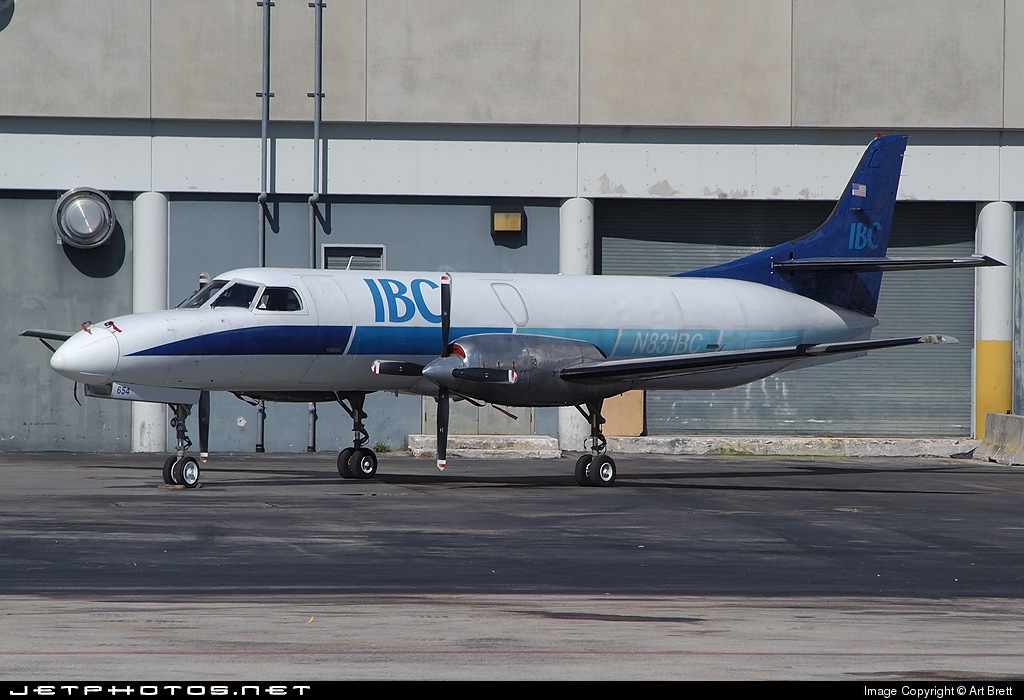

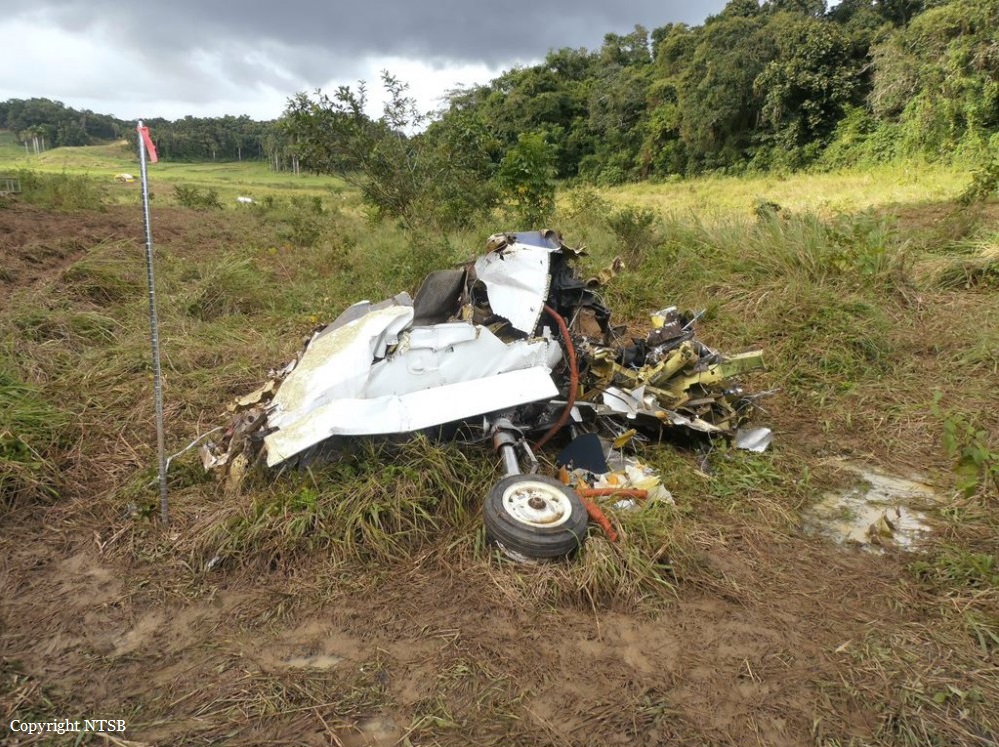

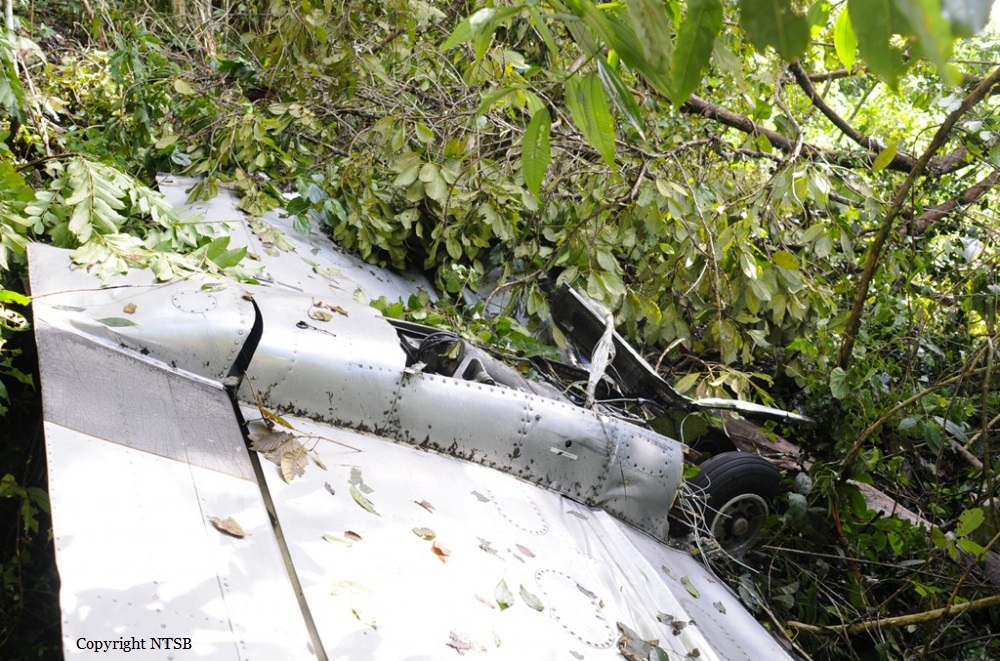

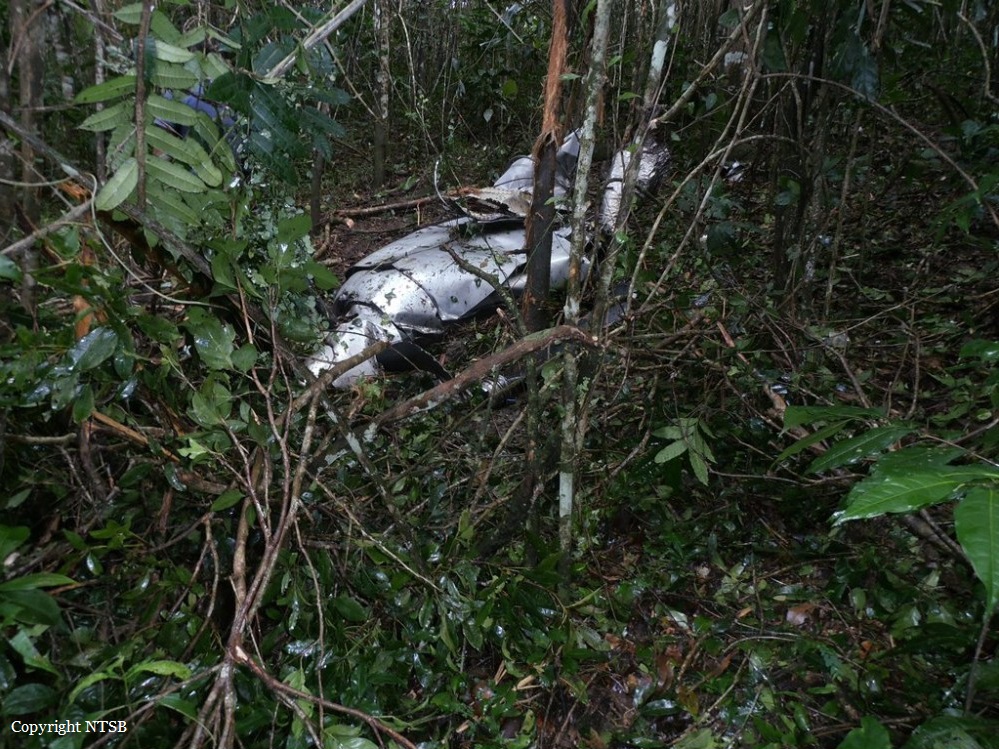
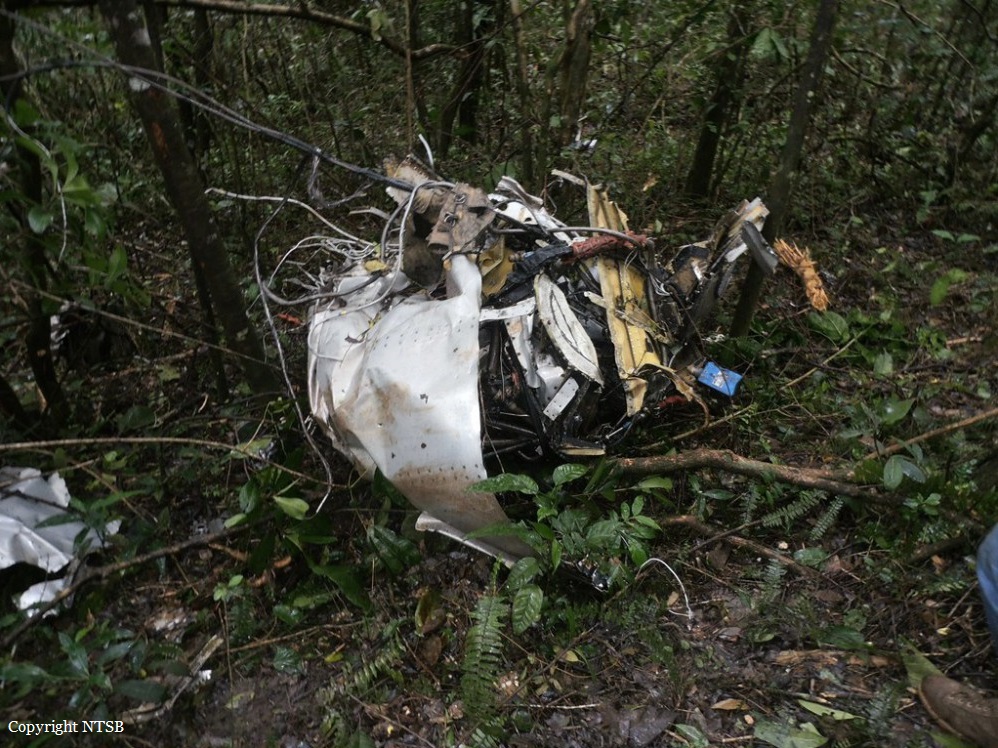
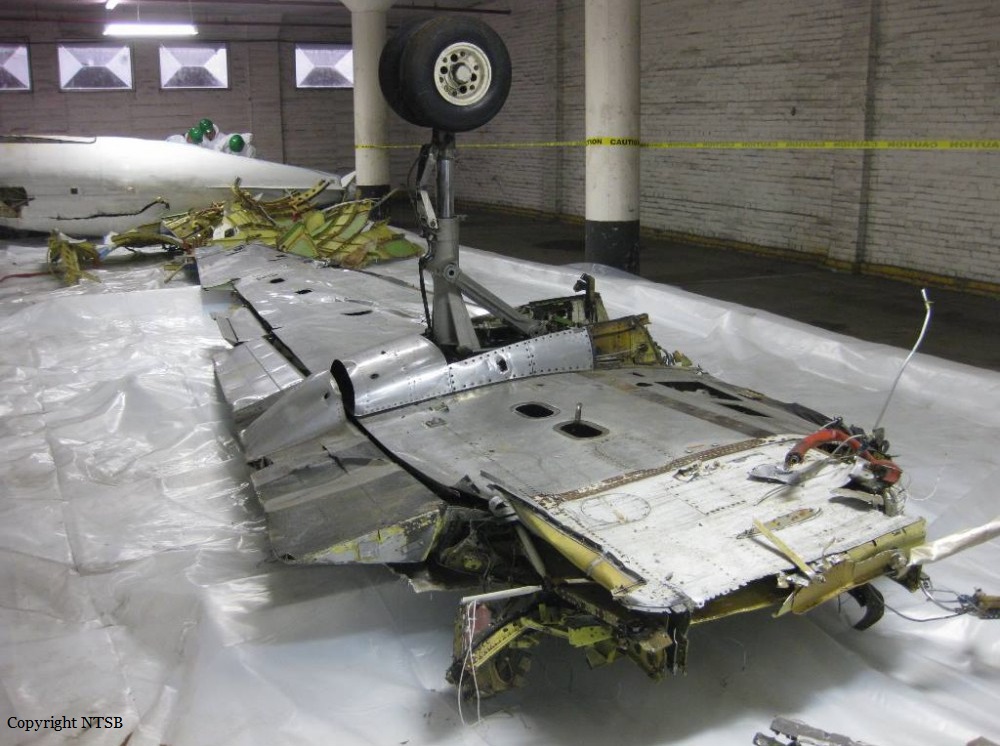

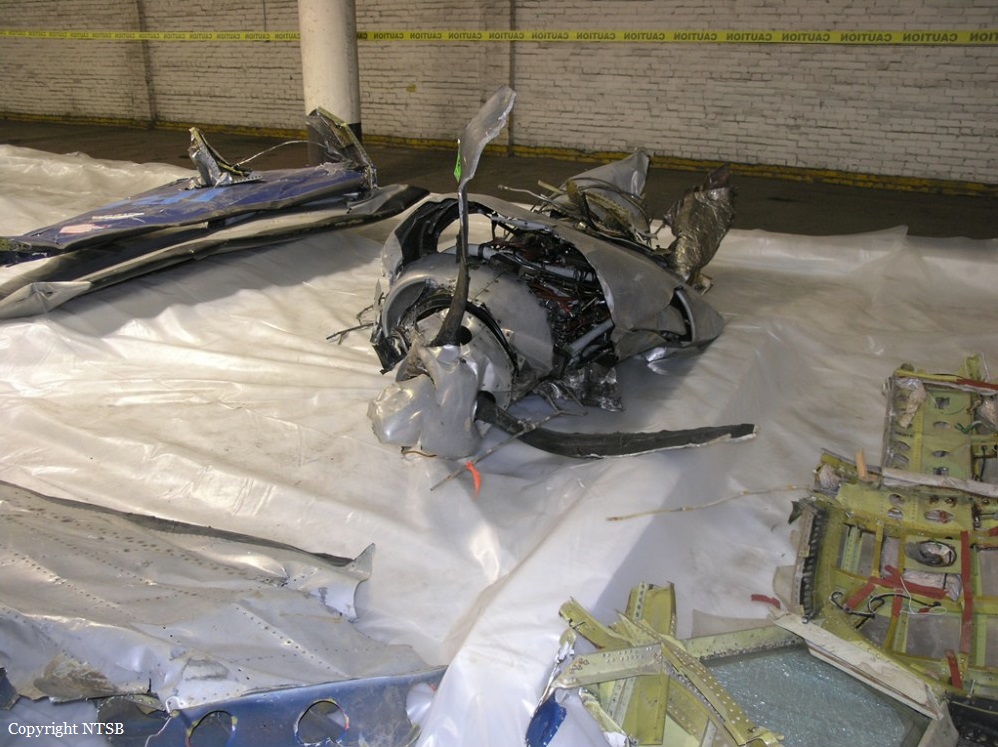
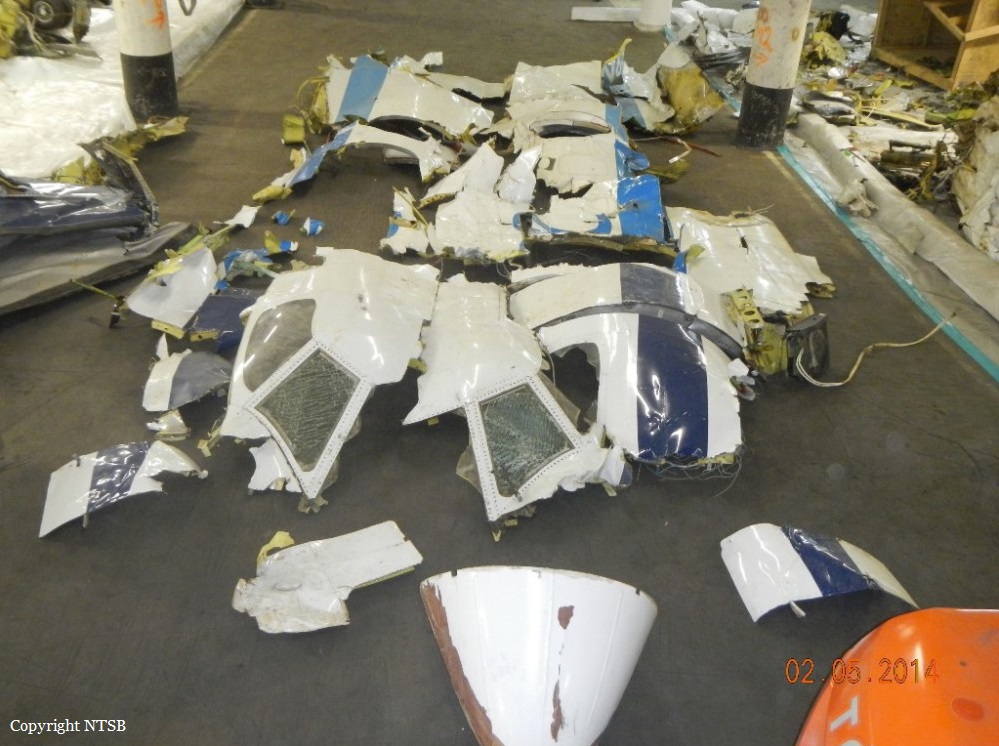
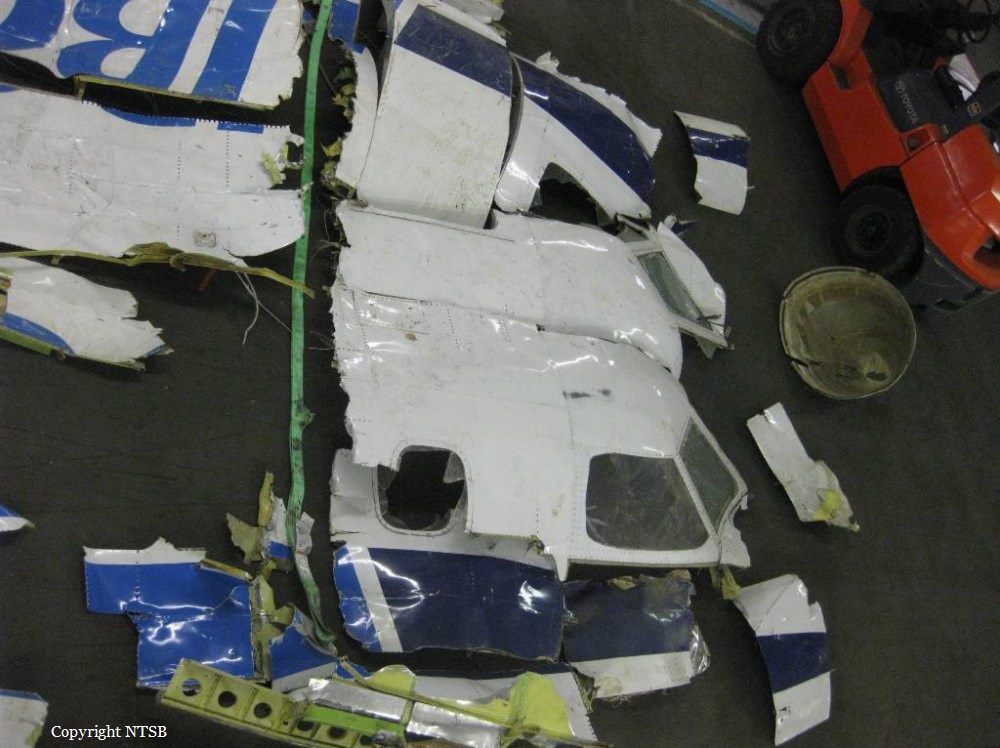
Crash of a Swearingen SA227AC Metro III in Red Lake: 5 killed
Date & Time:
Nov 10, 2013 at 1829 LT
Registration:
C-FFZN
Survivors:
Yes
Schedule:
Sioux Lookout - Red Lake
MSN:
AC-785B
YOM:
1991
Flight number:
BLS311
Crew on board:
2
Crew fatalities:
Pax on board:
5
Pax fatalities:
Other fatalities:
Total fatalities:
5
Captain / Total hours on type:
3550.00
Copilot / Total hours on type:
1060
Aircraft flight hours:
35474
Circumstances:
Flight from Sioux Lookout was uneventful till the final descent to Red Lake completed by night and in light snow with a ceiling at 2,000 feet and visibility 8 SM. On final approach to runway 26, crew reported south of the airport and declared an emergency. Shortly after this mayday message, aircraft hit power cables and crashed in flames in a dense wooded area located 800 meters south of the airport. Two passengers seating in the rear were seriously injured while all five other occupants including both pilots were killed.
Probable cause:
A first-stage turbine wheel blade in the left engine failed due to a combination of metallurgical issues and stator vane burn-through. As a result of the blade failure, the left engine continued to operate but experienced a near-total loss of power at approximately 500 feet above ground level, on final approach to Runway 26 at the Red Lake Airport. The crew were unable to identify the nature of the engine malfunction, which prevented them from taking timely and appropriate action to control the aircraft. The nature of the engine malfunction resulted in the left propeller being at a very low blade angle, which, together with the landing configuration of the aircraft, resulted in the aircraft being in an increasingly high drag and asymmetric state. When the aircraft’s speed reduced below minimum control speed (VMC), the crew lost control at an altitude from which a recovery was not possible.
Final Report:
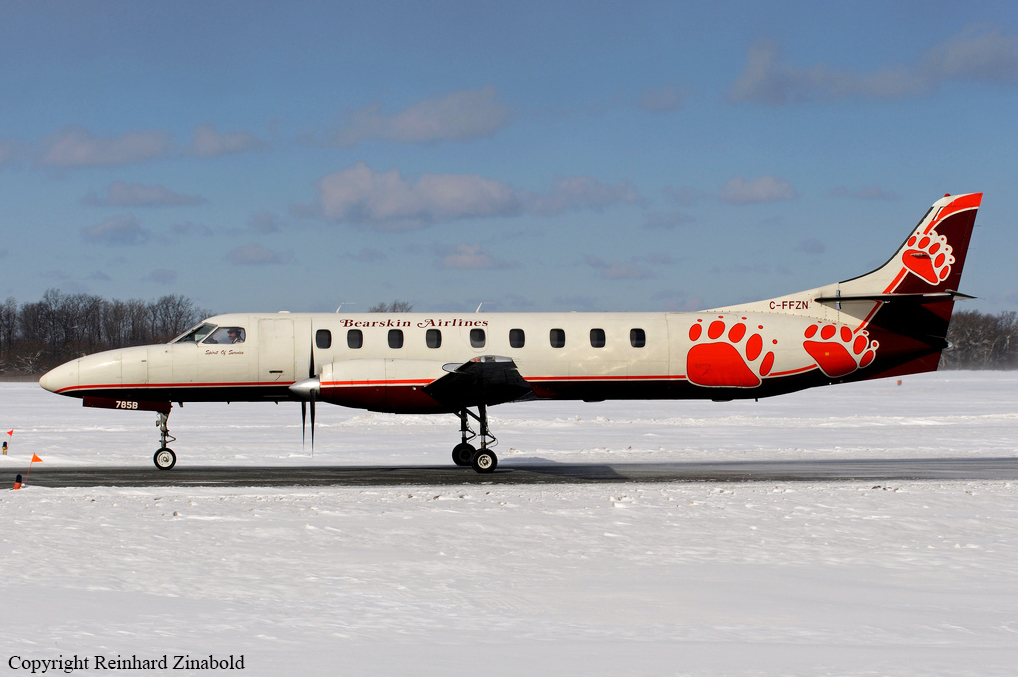
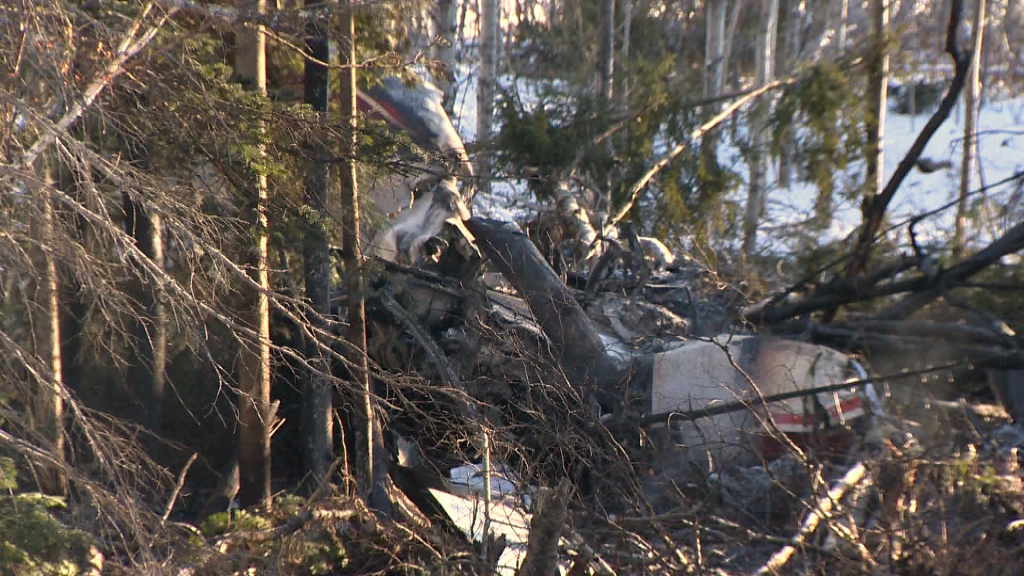


Crash of a Swearingen SA227AC Metro III in Riberalta: 8 killed
Date & Time:
Nov 3, 2013 at 1556 LT
Registration:
CP-2754
Survivors:
Yes
Schedule:
Trinidad - Riberalta
MSN:
AC-721B
YOM:
1989
Flight number:
AEK025
Crew on board:
2
Crew fatalities:
Pax on board:
16
Pax fatalities:
Other fatalities:
Total fatalities:
8
Circumstances:
Following an uneventful flight from Trinidad, the crew started the descent to Riberalta Airport in poor weather conditions with a visibility reduced to 3 km due to rain falls. After touchdown on wet runway 14, the aircraft was unable to stop within the remaining distance. It overran, collided with obstacles and came to rest upside down, bursting into flames, some 300 metres short of runway 32 threshold. Ten people were rescued while eight passengers were killed. The aircraft was totally destroyed. The exact circumstances of the accident remains unclear.
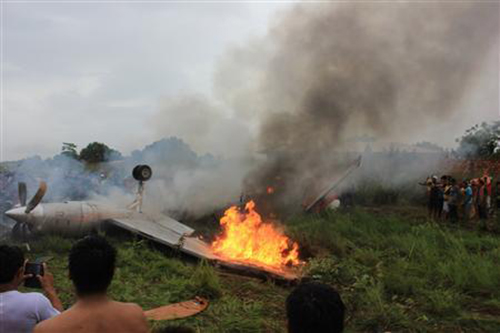
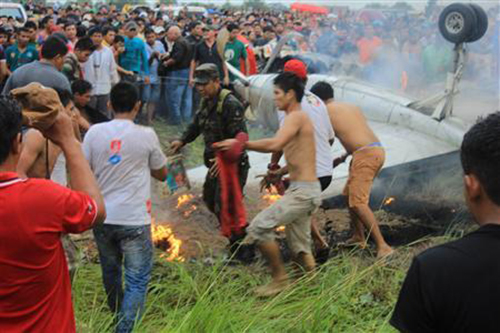
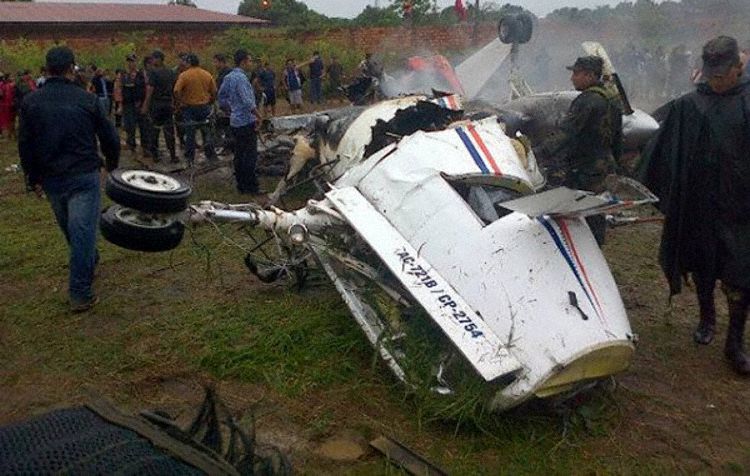
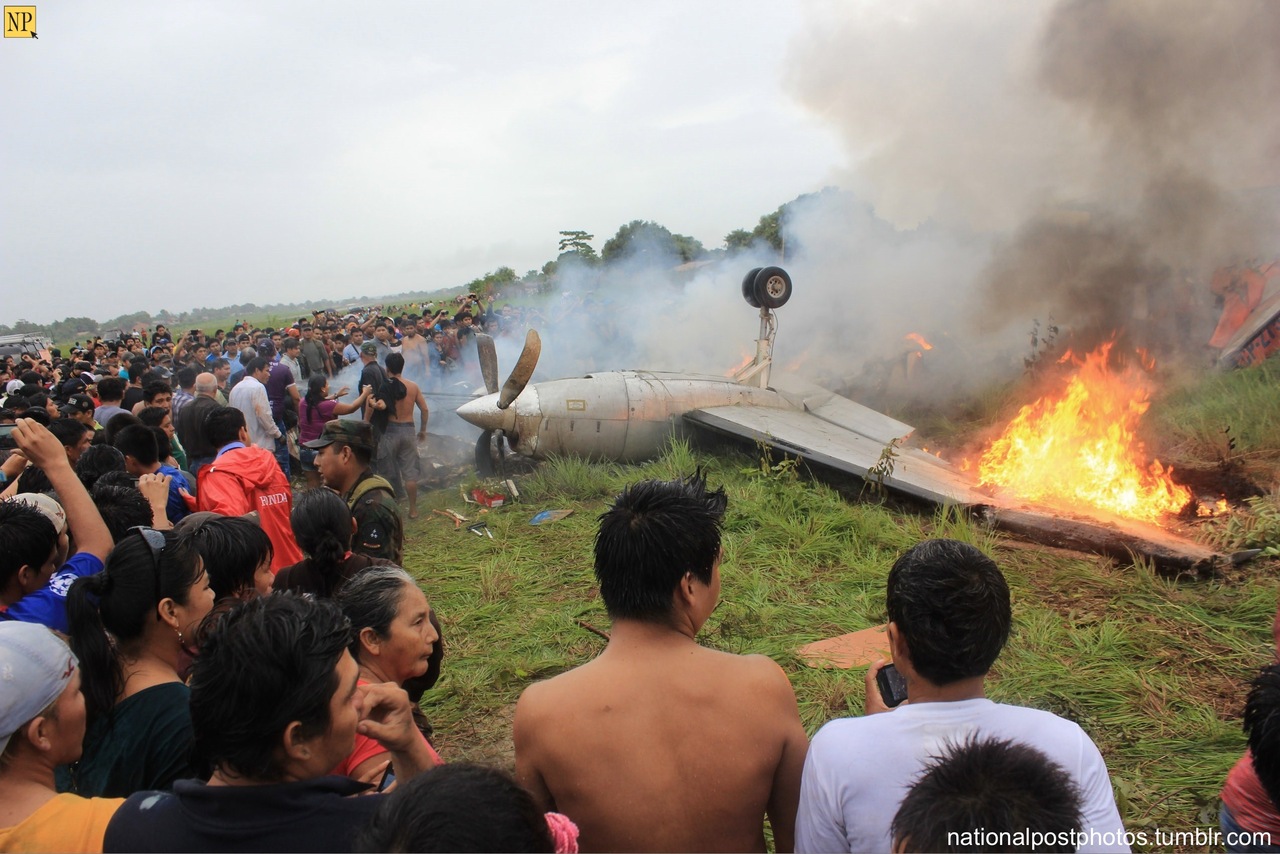
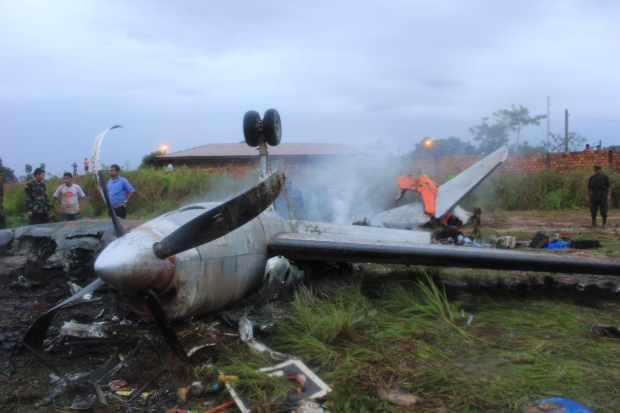
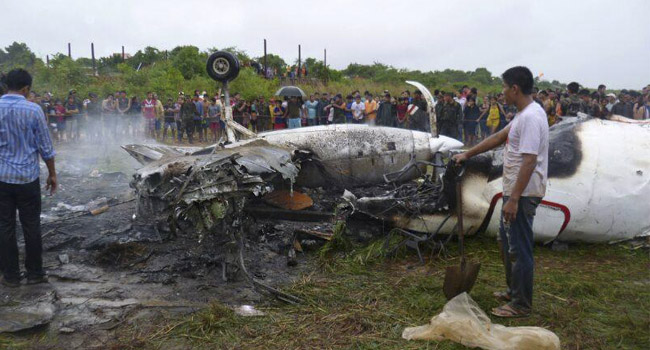
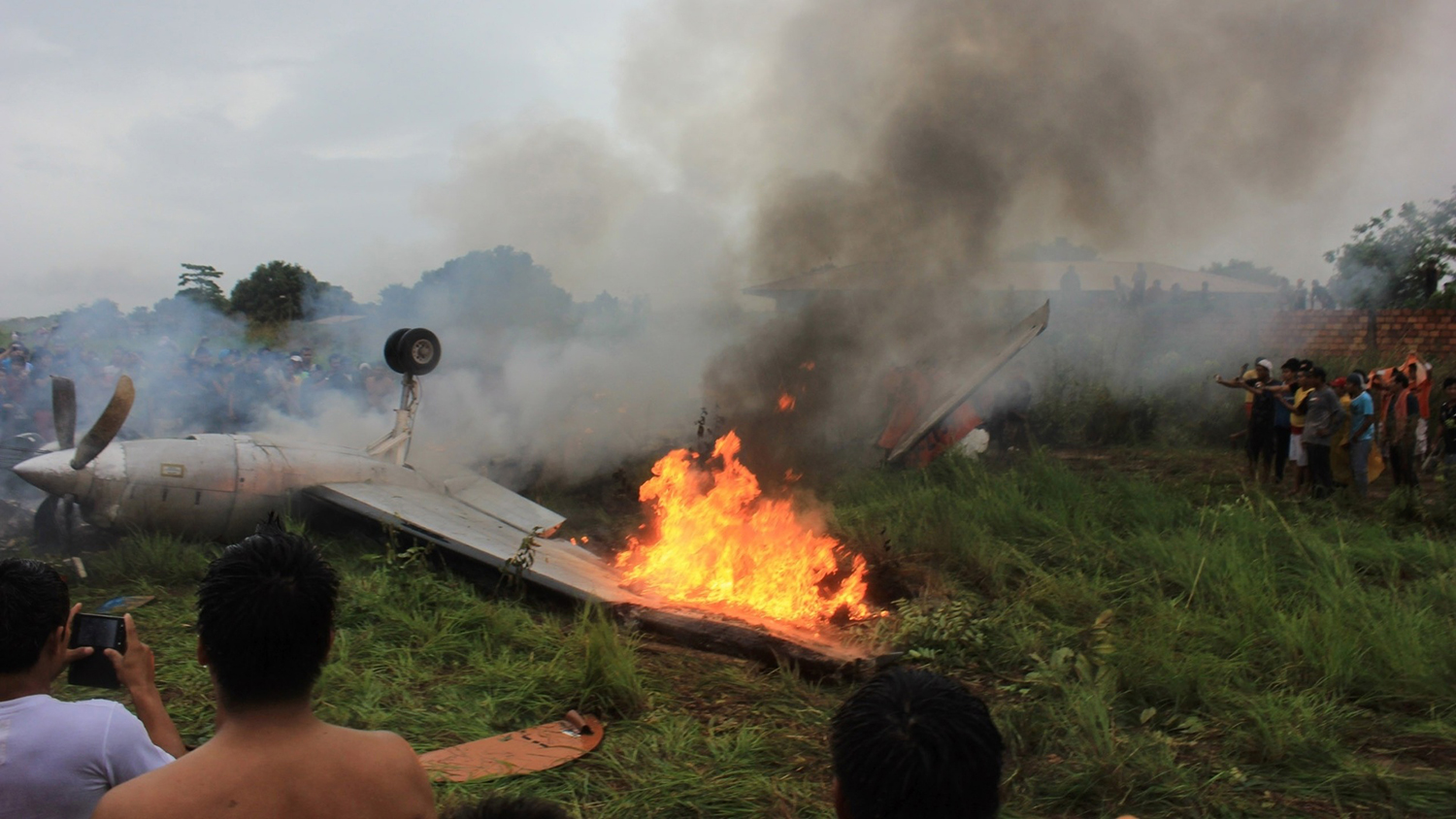
Crash of a Swearingen SA227DC Metro 23 in Sucre
Date & Time:
Aug 20, 2013 at 0847 LT
Registration:
CP-2655
Survivors:
Yes
Schedule:
Potosí – Sucre
MSN:
DC-819B
YOM:
1993
Flight number:
AEK228
Crew on board:
2
Crew fatalities:
Pax on board:
8
Pax fatalities:
Other fatalities:
Total fatalities:
0
Captain / Total hours on type:
806.00
Copilot / Total hours on type:
953
Aircraft flight hours:
34860
Circumstances:
Following an uneventful flight from Potosí, the crew started the descent to Sucre-Juana Azurduy de Padilla Airport Runway 05 in good weather conditions. After touchdown, at a speed of about 50 knots, the aircraft deviated to the left then pivoted 90° left, veered off runway and rolled for about 50 metres before coming to rest in a rocky ditch. There was no fire. All 10 occupants evacuated safely and the aircraft was damaged beyond repair.
Probable cause:
Loss of control after landing due to the failure of the nosewheel steering system.
Final Report:



